Small Backyard Landscaping Ideas to Maximize Space & Beauty
A small backyard doesn’t have to feel limiting. With the right design choices, it’s an opportunity to create a functional and beautiful outdoor retreat.
Whether you’re looking for a low-maintenance oasis, a cozy entertainment space, or a lush green escape, landscaping strategically can maximize every inch of your yard.
By incorporating smart layouts, vertical gardens, space-saving furniture, and natural elements, you can transform even the smallest outdoor space into a stylish and practical extension of your home.
In this guide, we’ll explore six creative and budget-friendly landscaping ideas to help you make the most of your small backyard—without compromising beauty or functionality.
6 Small Backyard Landscaping Ideas
Sophia loved the idea of having an outdoor space to enjoy, but her backyard never quite felt like one. It was small, uneven, and lacked the cozy charm she imagined when she thought of an inviting retreat. She wanted a space that felt intentional—a spot to unwind, read a book, or gather with friends. But every time she looked at it, she felt stuck.
If you’ve ever felt the same way, don’t worry—you don’t need acres of land to create a beautiful outdoor escape. Here are six small backyard landscaping ideas that can transform even the tiniest spaces into a personal oasis.
1. Design a Smart Layout to Make the Most of Your Space
A small backyard can feel bigger and more functional with the right layout. Instead of treating your yard as one open space, divide it into zones for different activities—like dining, gardening, and lounging.
- Use angled pathways or curved borders to create flow and make the space feel larger.
- Incorporate built-in features like seating with storage or raised planters to maximize every inch.
- Keep sightlines open by using low-profile furniture and strategic plant placement, helping the space feel open rather than crowded.
By designing purposefully and efficiently, even the smallest backyard can feel expansive and well-organized.
2. Incorporate Lush Greenery with Vertical & Container Gardening
When ground space is limited, go up! Vertical gardens and container gardening let you add lush greenery without sacrificing room for seating or entertainment.
- Install trellises, wall planters, or hanging baskets to bring greenery to vertical surfaces.
- Try a DIY pallet planter for an affordable, space-saving way to grow herbs, flowers, or succulents.
- Use containers in varying heights to create dimension—grouping plants together makes a small space feel more intentional and designed.
With the right approach, you can enjoy a vibrant, plant-filled backyard without losing valuable space.
3. Replace Grass with a Low-Maintenance Oasis
Traditional lawns require upkeep, and in a small backyard, they often aren’t the best use of space. Instead, consider low-maintenance alternatives that look beautiful year-round.
- Swap grass for gravel, pavers, or decking to reduce upkeep and create a polished look.
- Try ground covers like creeping thyme or clover for a softer, natural alternative to turf.
- Create a rock garden with drought-resistant plants for a modern, eco-friendly design that requires little watering.
Ditching grass doesn’t mean sacrificing style—these options provide a chic, practical solution for small backyards.
4. Create Multi-Functional Outdoor Living & Entertainment Spaces
Your backyard should be more than just decorative—it should work for your lifestyle. Designing a versatile outdoor space ensures you get the most out of your yard.
- Choose space-saving furniture: Folding chairs, stackable stools, or modular seating keep things flexible.
- Incorporate built-in seating: Benches with hidden storage make a small space functional and clutter-free.
- Add ambiance with lighting and fire features: String lights, lanterns, and a compact fire pit or tabletop fire bowl make even a small yard feel warm and inviting.
A thoughtfully designed entertainment space helps you enjoy your backyard—whether it’s for relaxing, hosting guests, or dining outdoors.
5. Incorporate Natural Elements with Hardscaping & Water Features
Balance structured elements like patios and pathways with natural touches to create a harmonious, visually appealing landscape.
- Use stone pathways or gravel patios to define spaces while maintaining a natural feel.
- Add a small water feature—a wall-mounted fountain, recirculating mini pond, or DIY bubbling pot brings soothing sounds without taking up space.
- Blend hard and soft landscaping by pairing pavers with ornamental grasses, native plants, or decorative rocks.
Combining earthy textures and flowing water creates a serene, balanced outdoor space that feels structured and organic.
6. Keep Landscaping Simple & Low-Maintenance
 The best small backyards are easy to care for without constant upkeep. Choosing the right plants and materials can save time while keeping your space beautiful and inviting.
The best small backyards are easy to care for without constant upkeep. Choosing the right plants and materials can save time while keeping your space beautiful and inviting.
- Opt for native or drought-resistant plants that thrive with minimal watering.
- Use mulch or decorative gravel to reduce weeds and maintain soil moisture.
- Limit high-maintenance features—instead, go for durable, long-lasting materials like composite decking or stone pavers.
By focusing on low-maintenance solutions, you can spend less time on upkeep and more time enjoying your backyard.
Make the Most of Your Small Backyard Landscaping with American Landscape
A small backyard doesn’t mean sacrificing style or function—with the right design, it can become a relaxing retreat, an entertainment hub, or a lush green escape. By incorporating smart layouts, vertical gardens, multi-use features, and natural elements, you can maximize space and create an outdoor area that fits your needs.
At American Landscape, we specialize in transforming outdoor spaces of all sizes. Whether you’re looking for low-maintenance solutions, custom hardscaping, or a complete backyard redesign, our team can bring your vision to life.
Ready to upgrade your small backyard?

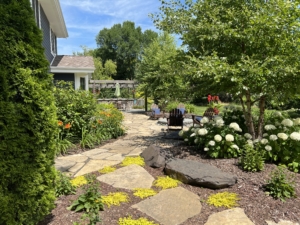




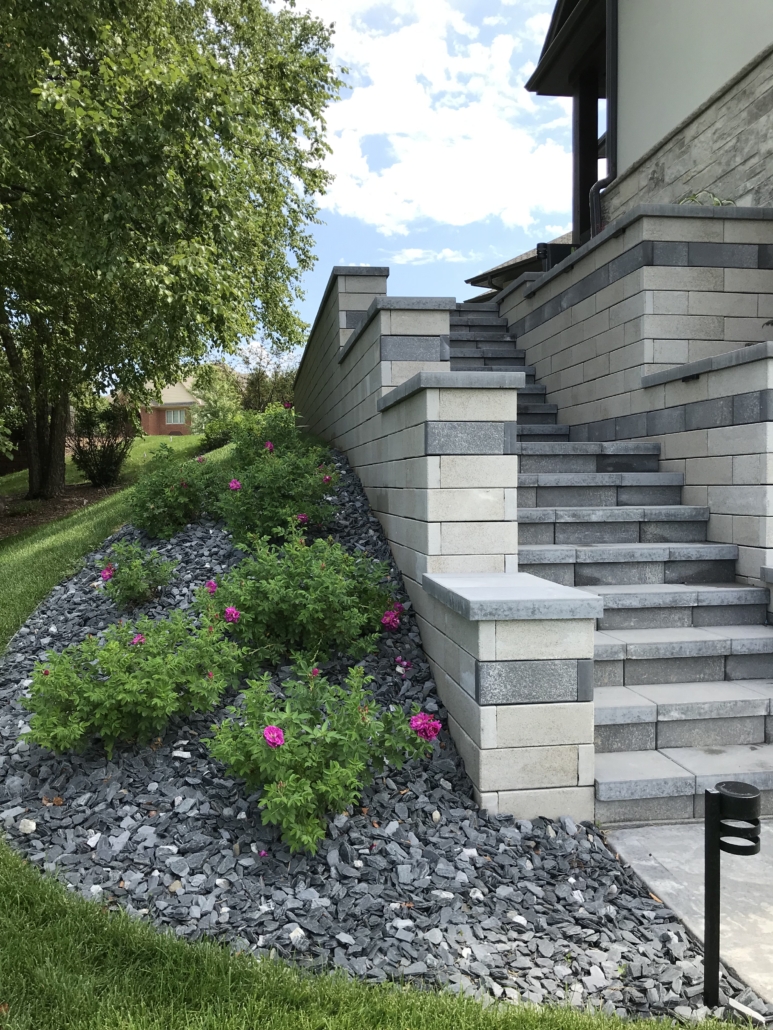
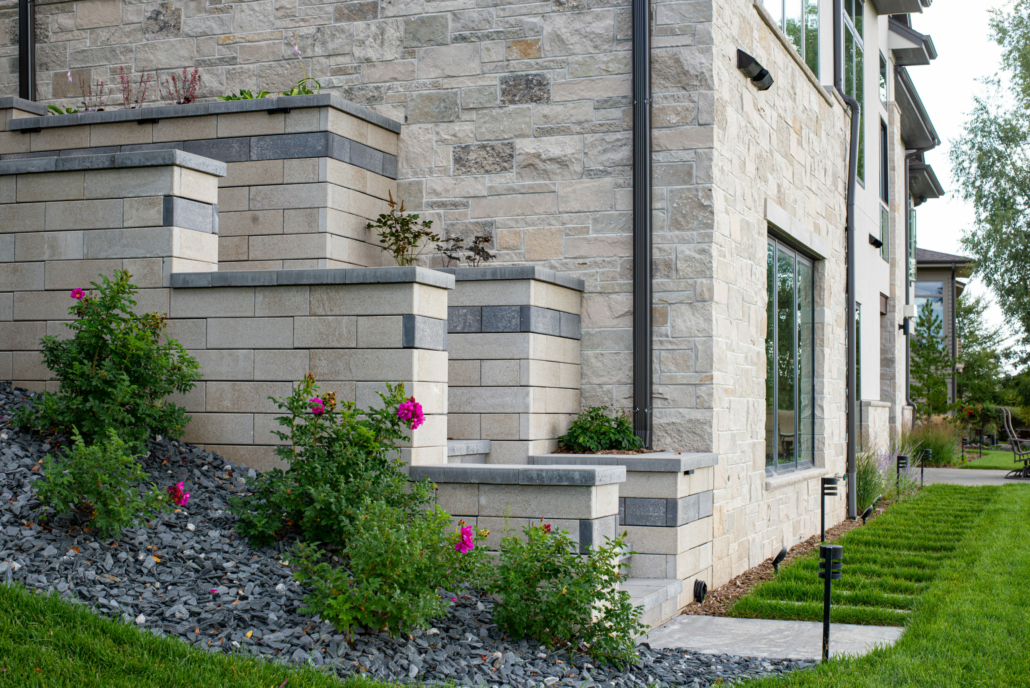
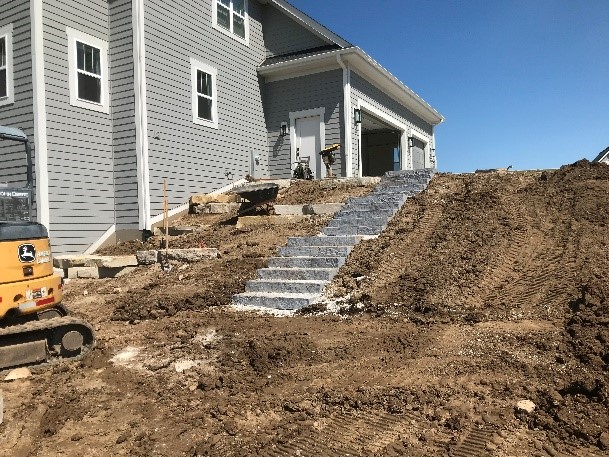





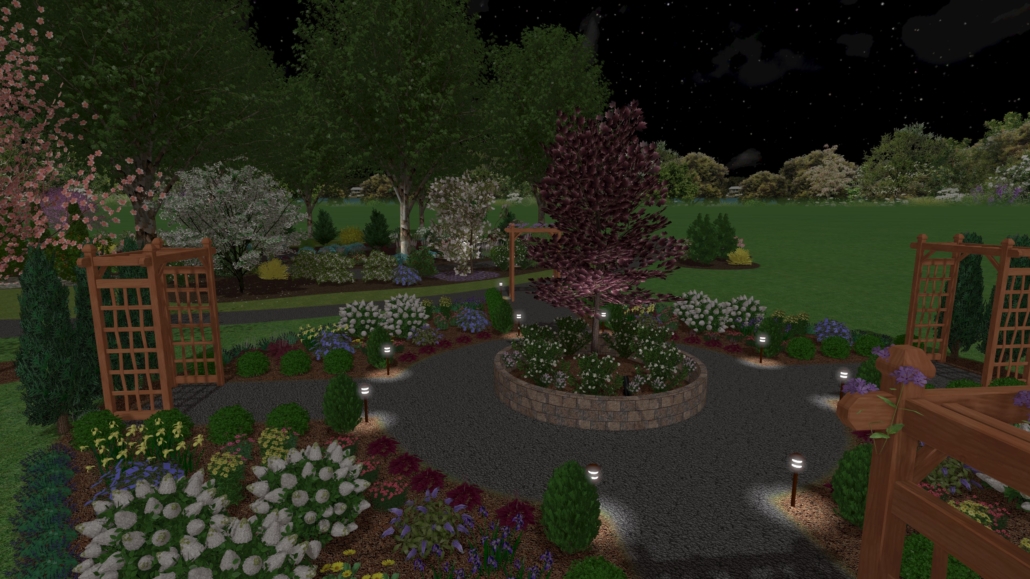
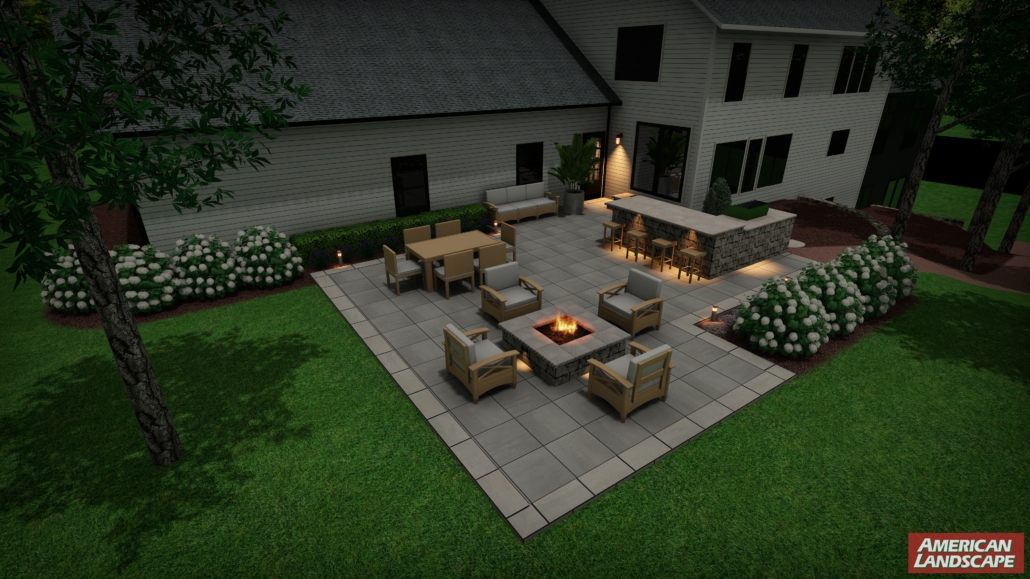


 The demand for outdoor kitchens and living spaces remains strong. Manufacturers are making these features even more homeowner-friendly with easier installation and use.
The demand for outdoor kitchens and living spaces remains strong. Manufacturers are making these features even more homeowner-friendly with easier installation and use. Managing stormwater runoff is a growing concern for both homeowners and municipalities. A one-inch rain event on a typical 2,000-square-foot driveway can generate over 1,000 gallons of runoff! Landscapers and city planners are increasingly incorporating solutions like rain gardens, detention ponds, and dry riverbeds to address this challenge. Many municipalities are enacting new stormwater management regulations, so be sure to stay informed.
Managing stormwater runoff is a growing concern for both homeowners and municipalities. A one-inch rain event on a typical 2,000-square-foot driveway can generate over 1,000 gallons of runoff! Landscapers and city planners are increasingly incorporating solutions like rain gardens, detention ponds, and dry riverbeds to address this challenge. Many municipalities are enacting new stormwater management regulations, so be sure to stay informed.




